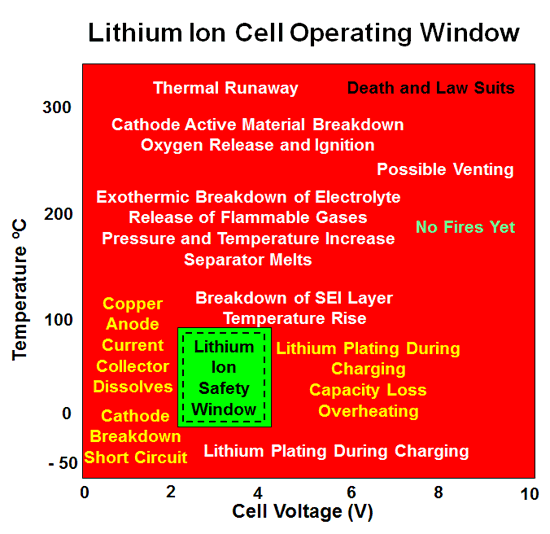tttonyyy
0
- Joined
- Dec 9, 2014
- Messages
- 116
- Points
- 18
I thought I'd test the 14500 Ultrafires I've been using for my flashlights too (they seemed to be working fine so not really thought about it). Advertised as 2300mAh. None of the four I've got made 750mAh.









